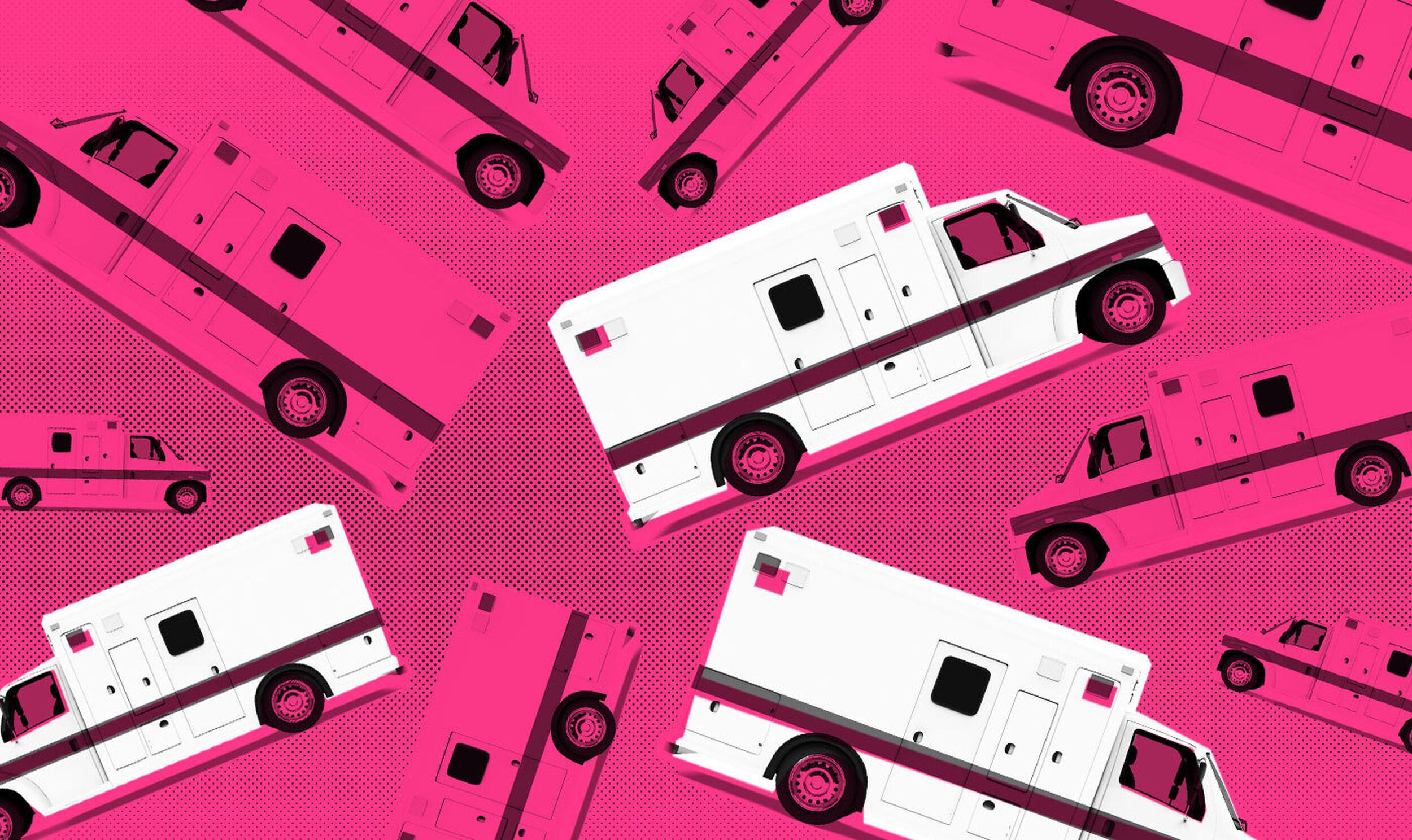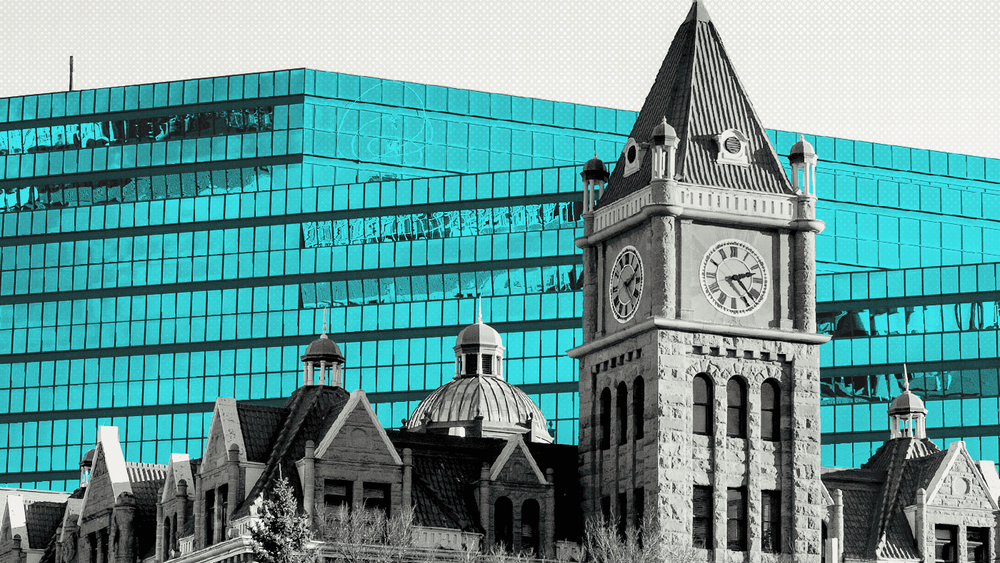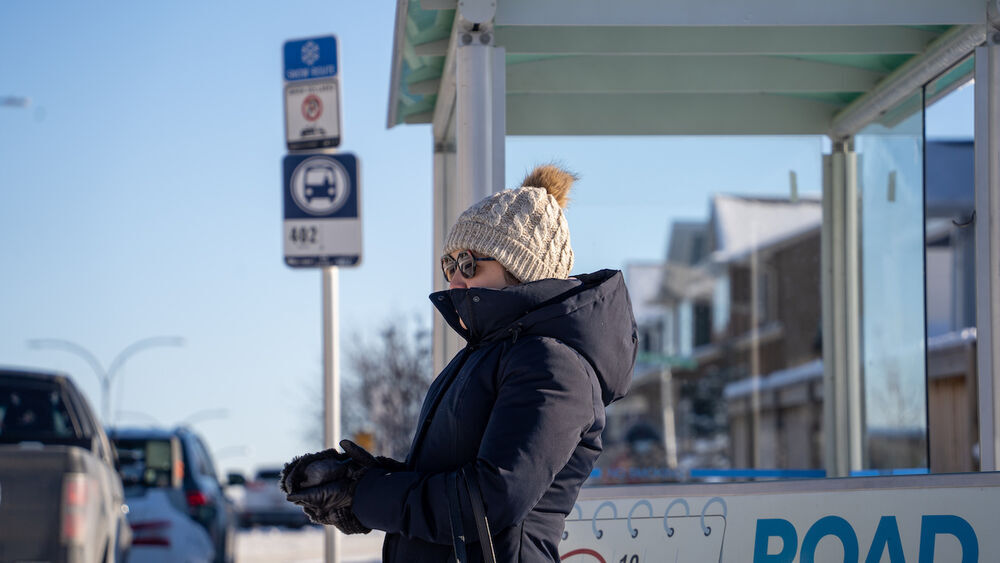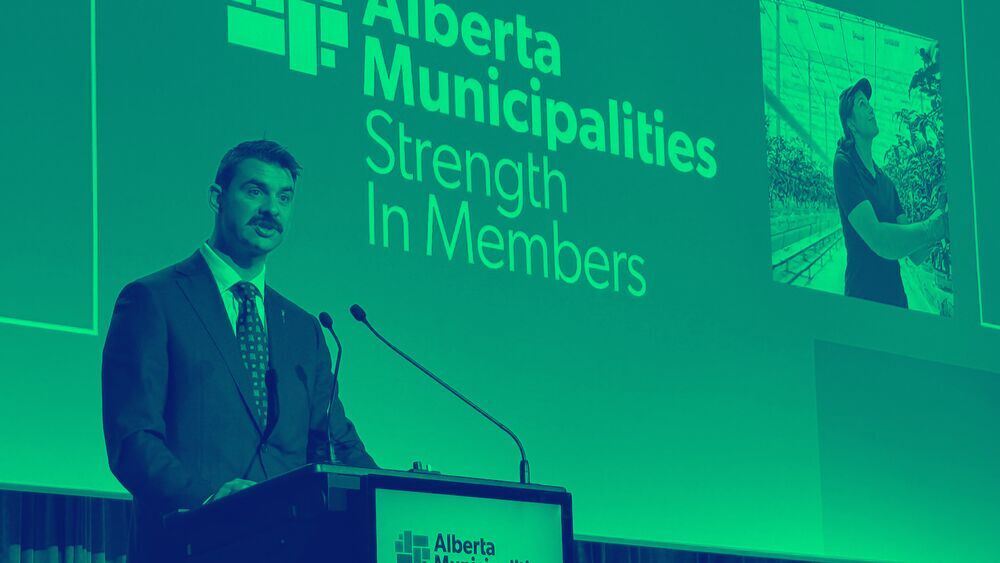
Photo in illustration: iStock/Nerthuz
What’s happening to EMS in Alberta?
Why some cities are fighting the province’s dispatch takeover.
Support independent Calgary journalism!
Sign Me Up!The Sprawl connects Calgarians with their city through in-depth, curiosity-driven journalism. But we can't do it alone. If you value our work, support The Sprawl so we can keep digging into municipal issues in Calgary!
Less than a month after Alberta Health Services (AHS) fully assumed control of the EMS dispatch system, Calgary, Wood Buffalo, Lethbridge and Red Deer have all reported varying degrees of call response delays after warning this would happen.
The provincial takeover, which was announced last August, occurred January 12 in Red Deer and Lethbridge, January 19 in Wood Buffalo (which includes Fort McMurray) and January 26 in Calgary.
Problems have been piling up since. The municipalities’ four mayors called for a third-party investigation into a major disruption—which caused a 16-minute response delay—less than a full day into Calgary’s consolidation.
In Wood Buffalo, municipal council took a hard line against the changes earlier this month, voting to reverse consolidation. Local emergency responders there had to intervene in about one in five calls to avoid EMS delays.
Wood Buffalo Mayor Don Scott openly dared the province to disband council for its defiance. (AHS obtained a temporary injunction to keep the municipality’s EMS dispatch under provincial aegis for now.)
Our worst fears around the centralization of the EMS dispatch have been coming true.
Calgary Mayor Naheed Nenshi has called Scott heroic for standing up to the province—but says Calgary city council has no plans to follow suit, since AHS already employs the city’s paramedics and dispatchers, whereas in Lethbridge, Red Deer and Wood Buffalo they are municipal employees.
So what’s behind all of this—and why is the province doing it? Here’s an explainer on what’s going on.
What is EMS consolidation?
In 2009, Ed Stelmach’s Progressive Conservative government brought 60% of the provincial population under a consolidated AHS dispatch system with centralized call centres operating out of Edmonton, Calgary and Peace River. The idea was to standardize the service across Alberta.
The province granted exemptions to four large municipalities to continue local dispatch: Calgary, Wood Buffalo, Lethbridge and Red Deer.
This meant the four cities could keep fire, police and ambulance dispatch services in the same room, providing for easy coordination between the various emergency services. Now that AHS has revoked their exemptions and brought them into the consolidated system, their EMS calls are sent to a separate AHS centre—which must then contact police or fire if they’re needed.
Magni Magnuson, the acting commander for Calgary 911, cautioned last year that this would add an unnecessary step to the dispatch process, increasing the risks that something will go wrong.
The teamwork and coordination between paramedics, firefighters and police are essential.
“The proposed non-integrated model basically requires us to transfer the call outside of the four walls in Calgary 911 centre, which increases the risk of information or call loss, resulting in unnecessary delays,” Magnuson told LiveWire Calgary.
Calgary Mayor Naheed Nenshi said there have been repeated efforts since he was elected in 2010 to bring Calgary into the provincial system, which he’s always opposed.
“I tire of this,” said Nenshi in August. “This is the fourth time I’ve had to deal with this with five different health ministers and every single time we’ve made the same case, and every single time we’ve prevailed.”
Health Minister Tyler Shandro and AHS chief paramedic Darren Sandbeck each denied there would be any delay in call response times.
What consolidation means for EMS response times
The four mayors say Magnuson’s concerns have come to fruition fast. “Our worst fears around the centralization of the EMS dispatch have been coming true,” Lethbridge Mayor Chris Spearman said at a joint press conference held by the four mayors on Feb. 1.
AHS didn’t notify paramedics of an outage at Calgary’s dispatch centre that lasted 72 minutes, leading to a 16-minute response delay on January 26. (AHS disputes this; Sandbeck has said the outage only lasted 42 minutes.)
This was just 13 hours after Calgary’s system was consolidated. Nor did AHS provide an explanation for the disruption, according to a letter from the mayors to Shandro.
Centralized dispatch sets the stage for privatization.
There have been other disruptions. A Wood Buffalo caller requesting an ambulance was transferred three times and had to provide their address six times, resulting in a four-minute delay.
In Lethbridge, a fire dispatch monitor caught a delay in ambulance dispatch for an individual suffering chest pains, and were able to send fire resources there with just a brief delay. Had they not caught the disruption, it would have been a 30-minute-plus wait, the letter says.
Former Wildrose leader and UCP leadership runner-up Brian Jean has criticized EMS consolidation in his hometown for hindering the ability to rapidly respond to local emergencies.
“We have the capacity in Wood Buffalo to look after our own dispatch,” wrote Jean in Fort McMurray Today earlier this month. “We own the ambulances and employ the paramedics. We are so far away from other communities there are hardly ever outside resources closer to an emergency than our own.”
Sandbeck has accused the mayors of spreading misinformation, arguing that any delays were in spite of, rather than caused by, consolidation.
According to an emailed statement from AHS, EMS call response times are 10 seconds or less in 95% of cases, as measured by data from Telus.
“Any delays in ambulance response may be due to other factors that have nothing to do with the dispatch process, including traffic, severe weather, or hospital offload times,” the statement reads.
However, it didn’t directly address the specific causes of the delays the mayors outlined.
Three weeks after the mayors’ letter, Shandro hasn’t publicly responded.
Mixed reactions from organized labour
The Health Sciences Association of Alberta, which represents EMS workers whose dispatch has already been consolidated, is somewhat of an outlier in cautiously applauding the move. President Mike Parker said that a province-wide “coordinated dispatch” has been in the works for a while.
The government says full consolidation will save the province $6 million, a minuscule portion of the province’s health budget.
“The only risk that I see in making a provincial dispatch model is that this province is going to look towards cutting and privatizing eventually,” Parker told the Calgary Herald in October. “As long as they’re committed to making a provincial model and resourcing it appropriately to match with growth in this province, then you’re looking at something that will benefit citizens of this province.”
But Calgary Firefighters Association spokesperson Matt Osborne called consolidation “extremely disappointing.”
“Seconds matter during emergencies and the teamwork and the coordination between paramedics, firefighters and police are essential,” Osborne said in the Herald. “We work as a team.”
This sentiment was expressed by Lethbridge’s firefighters union, as well, which called the loss of local dispatch “a huge blow to our city,” echoing the mayors’ concerns about address confusion and delays in calls to the police and fire departments for assistance.
“With police, fire and EMS all being dispatched locally, we have seamless and efficient delivery of a system that we are proud of,” the International Association of Firefighters Local 237 said in an August tweet.
So why consolidate?
The government says full consolidation will save the province $6 million, a minuscule portion of the province’s $20.6 billion health budget.
So what explains the ministry’s stubbornness in the face of local resistance to their plans?
Independent columnist David Climenhaga says the government’s obstinacy only makes sense in the context of the UCP’s piecemeal attempts at healthcare privatization, citing a 2019 letter from AHS to the HSAA that warned emergency and non-emergency response could be contracted out in the future.
“Centralized dispatch sets the stage for privatization by allowing the government to claim all provincial locations are properly covered even though the service is delivered by multiple fleets of private ambulances,” wrote Climenhaga.
Indeed, Ernst & Young’s 2019 report into possible reforms for the province’s healthcare system, which recommended several moves towards privatization, listed consolidation’s completion as one of many cost-cutting measures.
In isolation, it’s puzzling why the UCP government would expend political capital on such an unpopular decision. But seen as part of a broader project of siphoning away Alberta’s public healthcare system, it makes more sense.
Jeremy Appel is the municipal politics reporter for The Sprawl.
Support independent Calgary journalism!
Sign Me Up!The Sprawl connects Calgarians with their city through in-depth, curiosity-driven journalism. But we can't do it alone. If you value our work, support The Sprawl so we can keep digging into municipal issues in Calgary!



